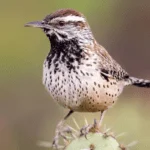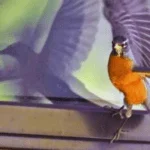As I gaze upon the majestic bald eagles soaring through the Florida skies, my heart swells with admiration for these remarkable creatures. Their presence, a symbol of strength and freedom, has captivated my soul.
In this article, I will delve into the fascinating world of bald eagles in Florida. From their habitat and nesting habits to the threats they face and the conservation efforts in place, join me on this journey as we explore the lives of these magnificent birds.
Key Takeaways
- The bald eagle population in Florida has rebounded significantly due to conservation efforts and habitat protection.
- Florida’s diverse landscapes, including wetlands, forests, marshes, lakes, pine trees, cypress swamps, rivers, and coastlines, provide ideal habitats for bald eagles.
- Bald eagles in Florida construct meticulous nests high up in trees near bodies of water, using sticks, branches, and natural materials, with nests weighing up to a ton.
- Threats to bald eagles in Florida include habitat loss, pollution, collisions with vehicles and power lines, and illegal hunting and poaching, highlighting the need for education and awareness to ensure their survival.
Types Of Eagles In Florida
1. Bald Eagle
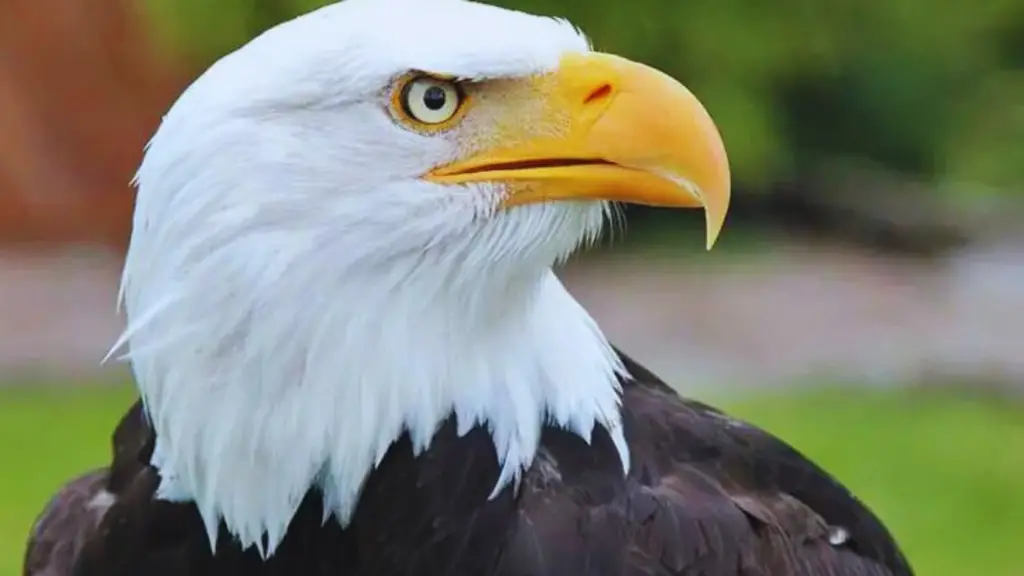
The bald eagle, the U.S. The national bird, is the most prevalent in Florida. The huge sea eagle’s white head and tail and dark body plumage stand out. It possesses long, sharp talons, bright yellow eyes, a hooked bill, and powerful feet. Bald eagles have featherless legs, like sea eagles.
Bald eagles inhabit North America. The nominate subspecies is in the south, and the other is in the north. Southern birds are resident, while northern ones migrate. The bald eagle is visible year-round in Florida. They may gather in the winter. These unique raptors inhabit huge water bodies in marshes, wetlands, lakes, rivers, and coastal habitats.
Reduce your expectations if you want to hear the popular media scream. The pop culture call is presumably the red-tailed hawk’s. Bald eagles whistle, squeak, or chirp. Bald eagles nest in towering trees. The nest is huge. The largest documented nest was 10-foot-wide and 20-foot-deep in Florida! Feathers, grass, and other soft materials line nests made of branches and twigs.
The piscivorous bald eagle hunts opportunistically. They often swoop down and grab their prey over the sea. Bald eagles also eat ducks, geese, and gulls. They may eat carrion, amphibians, reptiles, crustaceans, and small mammals. In Florida, turtles and other reptiles are a major food source. Bald eagles were endangered in the US but have rebounded.
2. Golden Eagle
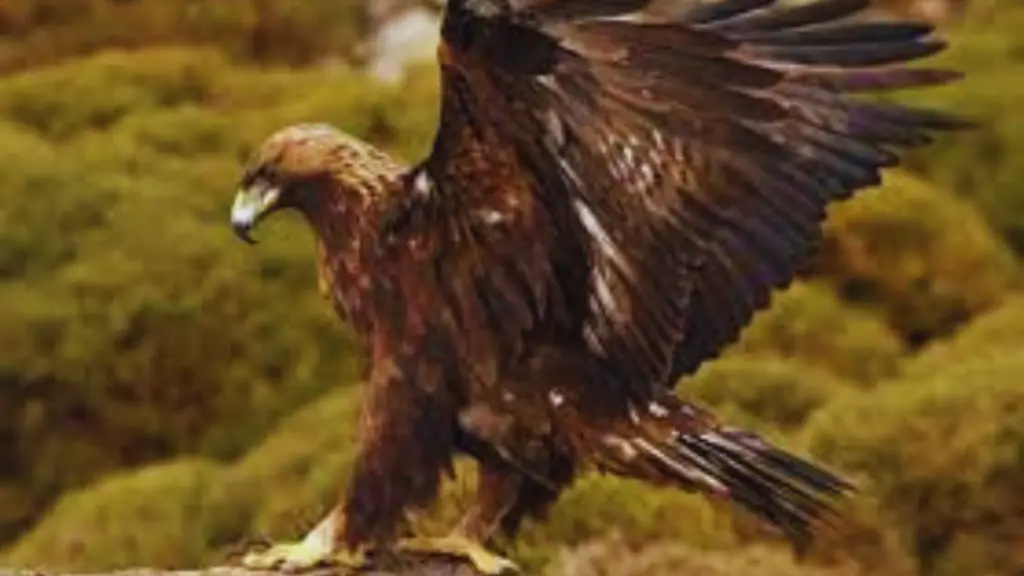
Although the bald eagle is the most abundant on the continent, the golden eagle is the most widespread, spanning the northern hemisphere. It is North America’s largest eagle. The crown and nape are golden-brown, identifying it as an eagle. The rest of the plumage is dark brown with gray and whitish foot feathers. Golden eagles have black bills with yellow ceres, golden feet, and yellowish-brown eyes.
One of six subspecies, Aquila chrysaetos canadensis, is widespread across North America. Sedentary golden eagles Some northerners winter south. This species lives on expansive hunting grounds. The mountains are home to golden eagles, which are rare in Florida. A sighting is more likely in winter along the coast or in swampy areas like Everglades National Park. In April, you may see their spectacular courtship rituals.
These raptors rarely whistle, but during breeding season they may. Cliffs, crags, and ledges are typical golden eagle nesting sites. A couple may nest with many eyries. A big nest of sticks and branches is coated with soft grasses. Golden eagles hunt in couples in spectacular displays.
These agile raptors eat rabbits, hares, and squirrels. They eat tiny to medium-sized birds, reptiles, and carrion. Golden eagles have a vast range, but they struggle near human development and have disappeared in most of their former territory. World populations are stable.
3. White-Tailed Eagle
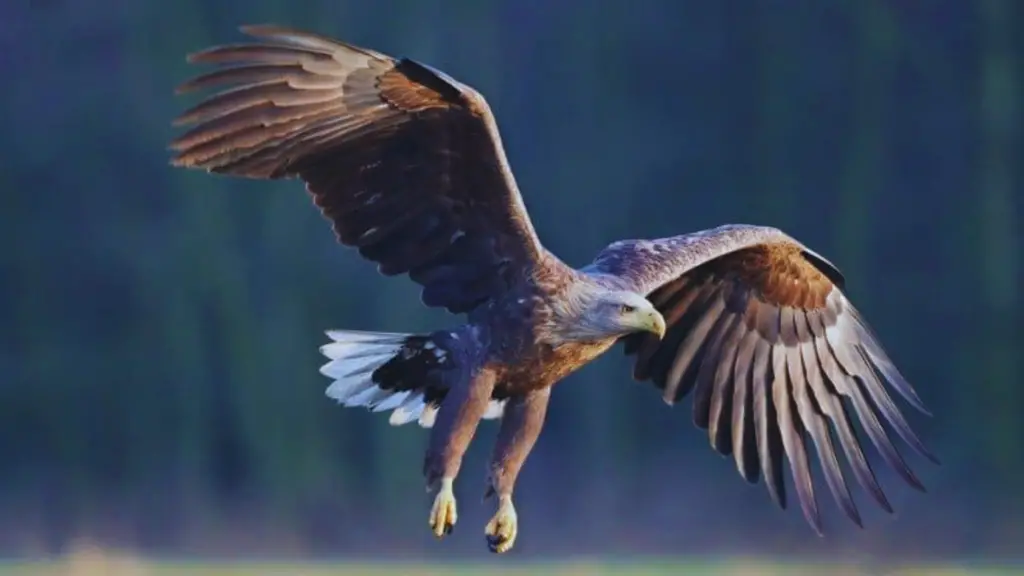
The white-tailed eagle, sometimes known as the ern, is a big sea eagle. The rest of the plumage is buff and brown. It has yellow eyes, a bill, and feet. A species pairs with the bald eagle; they are closely related. White-tailed eagles are rare in America. Breeding in Europe and Asia, the northernmost populations winter south.
Alaska and Hawaii have vagrant birds. They say this species has been seen in other states, including Florida, on rare occasions. The ideal time to see a white eagle is March–April around coastal cliffs during breeding season. White-tailed eagles often call in duet around this time. Male calls are louder than female calls. A succession of gri gri gri notes can depict the contact call.
Both bald and white-tailed eagles inhabit comparable areas. They live around vast bodies of water with towering trees, rocks, and crags. Wetlands, lakes, and rivers are habitats. Wintering in mangroves and estuaries is common. If you see this eagle in Florida, it’s probably in a similar setting.
White-tailed eagles nest in big trees. Grass, plant fibers, moss, fur, and seaweed line the enormous nests of branches and sticks. This opportunistic predator eats different fish, birds, and mammals according to the season. They may scavenge, especially in winter.
The white-tailed eagle’s habitat is fragmented by human activity, despite its large range. Human activities caused isolated extinctions in their vast range. Overfishing, habitat destruction, indiscriminate harassment, and pesticide and other agricultural chemical poisoning have been the species’ principal threats. Fortunately, protection laws, habitat reclamation, and reintroduction have restored many populations, bringing the global population to 20 000 to 50 000.
4. Steller’s Sea Eagle
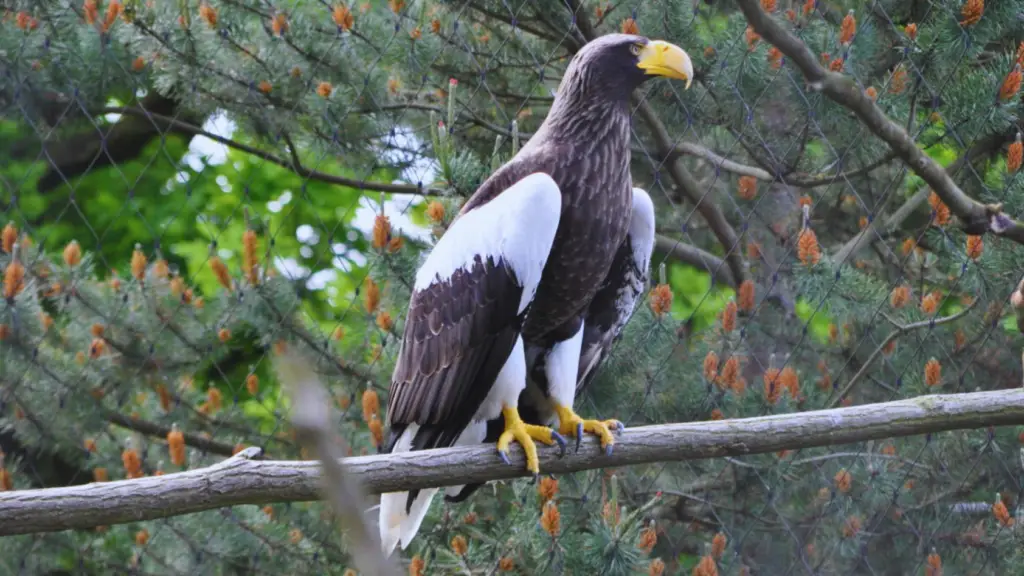
Another unusual Florida sighting is the Stellar’s sea eagle. The largest sea eagle and raptor, named for German naturalist George Wilhelm Stellar, weighs in at a whopping pounds. The stocky Stellar’s eagle has pied plumage. White feathers on the wings, legs, and tail contrast with its dark brown body. It has yellow eyes, feet, and extremely huge yellow bills.
This northeast Asian species winters south of its breeding area. North America experiences uncommon sightings of migrating birds. They nest on rocky outcrops or big trees in forested areas near water. Stick nests are large and often built by numerous individuals. Some wetlands and coastal areas have them, especially in winter.
Steller’s sea-eagles bark a deep “ra-ra-rau-rau.” They also make loud, gull-like courting calls. Stellar’s sea eagles eat fish, aquatic birds, small animals, crabs, and mollusks.
Their population has dropped to 5000 birds due to habitat loss, pollution, overfishing, and persecution. Flooding from global climate change may impair nesting locations. A vulnerable IUCN species, the Stellar’s sea eagle is protected.
The Bald Eagle Population in Florida
There are over 1,500 bald eagles in Florida. It’s truly awe-inspiring to witness the majestic beauty of these magnificent creatures soaring through the skies.
I can’t help but feel a strong connection to these incredible birds as I stand here among the lush vegetation of Florida’s natural habitats. They symbolize strength, freedom, and resilience.
It’s amazing to think that their population has rebounded so significantly over the years. Thanks to conservation efforts and the protection of their habitats, the bald eagle population in Florida has thrived.
It fills my heart with joy to know that these iconic birds are thriving and continuing to grace our skies with their presence. It’s a testament to the power of conservation and our shared responsibility to protect the natural world around us.
The Habitat of Bald Eagles in Florida
As I explore the diverse landscapes of Florida, I’m fascinated by the various habitats that provide a sanctuary for bald eagles.
From the sprawling wetlands to the dense forests, these majestic birds have found their perfect home in the Sunshine State.
The marshes and lakes offer an abundance of fish, their primary food source, while the towering pine trees and cypress swamps provide ideal nesting sites.
It’s truly remarkable to witness these magnificent creatures soaring through the clear blue sky, their sharp eyes scanning the surroundings for prey.
The tranquil rivers and pristine coastlines further enhance their habitat, offering a serene environment for them to thrive.
Florida’s unique combination of ecosystems creates a haven for these regal birds, and I feel privileged to witness their existence in such close proximity.
The Nesting Habits of Bald Eagles in Florida
While exploring the nesting habits of bald eagles in Florida, I’m amazed by their meticulous construction of large nests high up in the trees. It’s truly a sight to behold.
These majestic creatures take great care in selecting the perfect location for their nests, usually near bodies of water. They build their nests with sticks, branches, and other natural materials, creating a sturdy structure that can weigh up to a ton. It’s incredible how they manage to balance these massive nests on the treetops.
The dedication and attention to detail they exhibit is a testament to their commitment as parents. Watching them tend to their eggs and raise their young with such tenderness fills me with awe and admiration.
Threats to Bald Eagles in Florida
I have witnessed firsthand the numerous threats that pose a danger to the bald eagles in Florida. It breaks my heart to see these majestic creatures facing such challenges.
One of the biggest threats is habitat loss due to urbanization and deforestation. As more land is cleared for development, the eagles lose their nesting sites and hunting grounds.
Another significant threat is pollution, especially from pesticides and chemicals. These toxins can accumulate in the eagles’ bodies, leading to reproductive issues and even death.
Additionally, collisions with vehicles and power lines have become a major concern. It’s devastating to witness the aftermath of these accidents.
Lastly, illegal hunting and poaching still persist, despite the efforts to protect these birds. It’s crucial that we educate and raise awareness to ensure the survival of these magnificent creatures.
Conservation Efforts for Bald Eagles in Florida
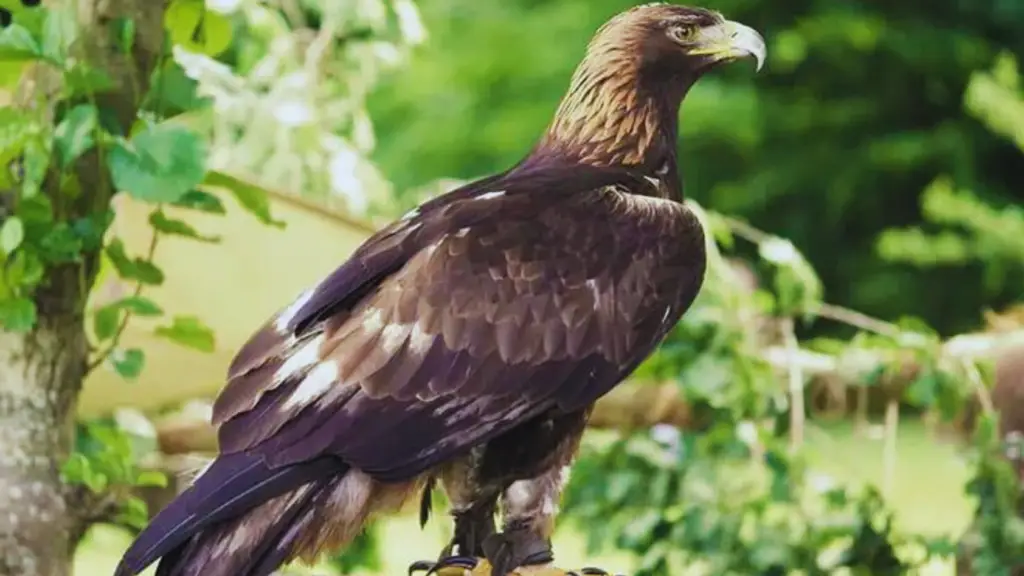
How are conservation efforts being implemented to protect the bald eagles in Florida?
Well, let me tell you, my friend, that the people of Florida are working tirelessly to ensure the survival of these majestic creatures.
One of the key initiatives is the establishment of protected areas specifically for bald eagles. These areas provide a safe haven for nesting and breeding, free from disturbances and human encroachment.
Additionally, conservationists are closely monitoring the population and behavior of these eagles, studying their habits and habitats to better understand their needs. This knowledge helps in implementing targeted conservation strategies that focus on safeguarding their food sources and habitats.
But it doesn’t stop there! Educational programs are also being conducted to raise awareness among the public, encouraging them to contribute to conservation efforts.
Together, we can make a difference and secure the future of the bald eagles in Florida.
Bald Eagles in Florida: Frequently Asked Questions
Are Bald Eagles Found in Any Other States Besides Florida?
Yes, they are found in other states. Bald eagles can be seen in various parts of the United States, not just Florida. They have a wide range and can be found near bodies of water.
How Do Bald Eagles Communicate With Each Other?
When bald eagles communicate with each other, they use a variety of vocalizations and body language. Their calls can range from high-pitched screeches to soft chirps, and they also use head movements and wing displays to convey messages.
What Is the Average Lifespan of a Bald Eagle in Florida?
The average lifespan of a bald eagle in Florida is approximately 20 years. It’s fascinating to learn about the longevity of these majestic creatures and how they thrive in their environment.
How Many Eggs Does a Bald Eagle Typically Lay in One Nesting Season?
Typically, a bald eagle lays one to three eggs in a nesting season. It’s fascinating how these majestic birds create the foundation for new life, symbolizing hope and the cycle of nature.
Are there any specific laws or regulations in place to protect bald eagles in Florida?
Yes, there are specific laws and regulations in place to protect bald eagles in Florida. These measures aim to ensure their habitat is preserved and that they are not disturbed or harmed.
Conclusion
As I watch these majestic creatures soar through the Florida sky, I can’t help but feel a sense of awe and pride.
The bald eagle population in Florida has thrived, thanks to diligent conservation efforts. We must continue to protect their habitat and nesting areas, ensuring their survival for generations to come.
Let’s stand united, fighting against the threats that loom and preserving these symbols of freedom and strength.
The future of the bald eagles in Florida depends on us.










